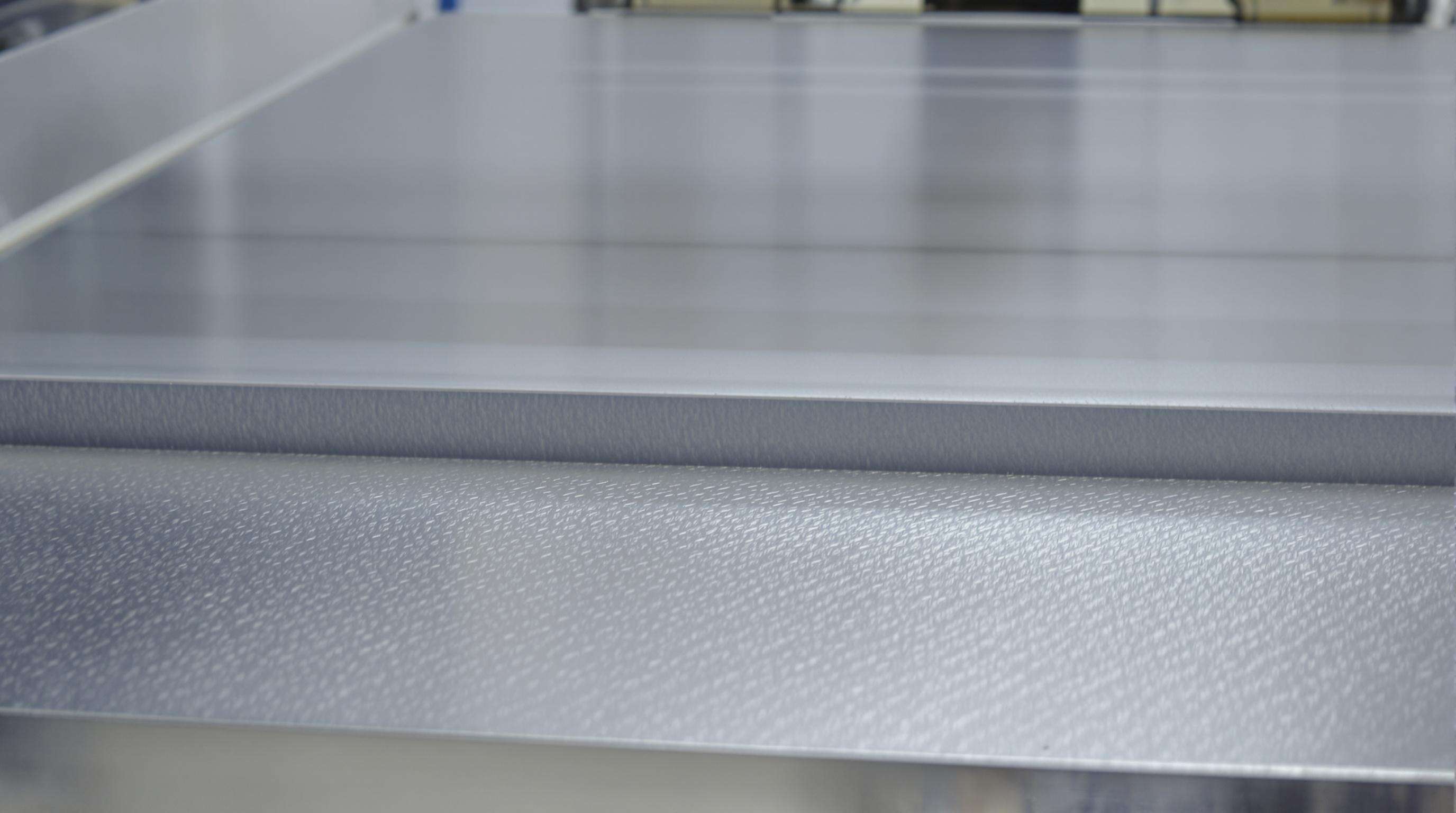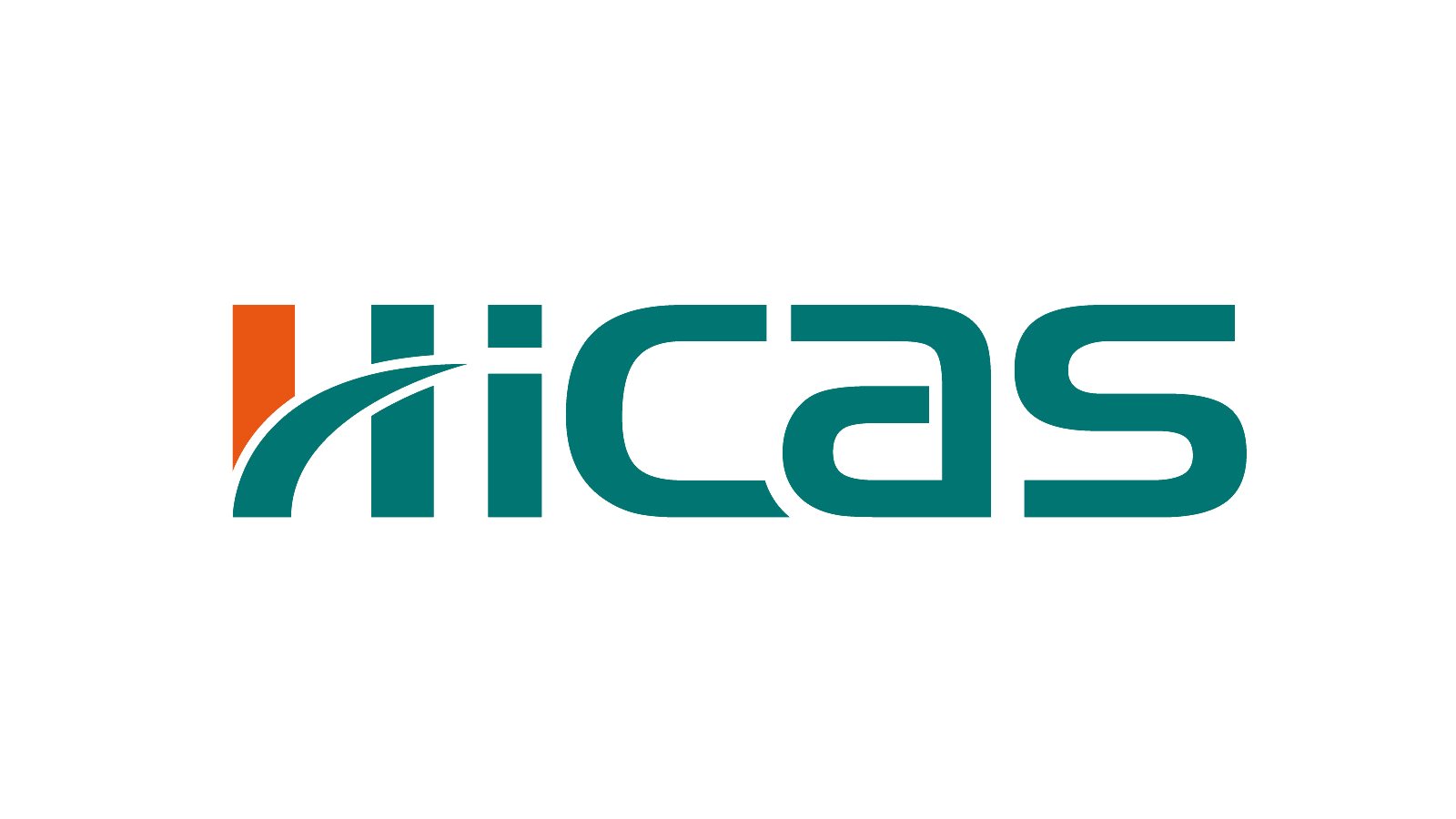Metal wide belt sanding technology uses continuous abrasive belts to achieve precision surface finishing across industrial applications. These automated systems outperform manual methods through motorized conveyor feeds and adjustable pressure mechanisms that maintain consistent material removal rates—particularly effective for stainless steel, aluminum alloys, and cast iron.
Key components include:
- Abrasive belts (24–320 grit) tailored to metal type and finish requirements
- Contact drums (5–30 psi) that minimize heat-induced warping
- Conveyor systems (10–50 feet/minute) ensuring uniform sanding
Aluminum oxide belts work well for general deburring, while zirconia-alumina blends handle hardened steels. Modern machines feature variable frequency drives (VFDs) to adjust belt speeds (500–3,500 SFPM) for delicate or dense metals.
Efficiency comes from simultaneous material removal and surface refinement—e.g., eliminating 0.2 mm of mill scale while achieving an Ra 3.2 μm roughness in one pass. This dual-action capability makes wide belt systems indispensable for high-throughput metal fabrication.
Surface Finishing Applications for Metal Wide Belt Sanders
These systems deliver precision (±0.02 mm) for industrial components, replacing manual polishing and grinding.
Achieving Mirror Finishes on Stainless Steel
Sequential abrasive passes (60-grit zirconia to 120-grit ceramic) achieve Ra 0.1 µm finishes. Non-directional finishing heads eliminate polishing artifacts, while coolant-integrated models prevent discoloration—critical for medical and architectural uses.
Deburring Precision Aluminum Components
For parts under 3 mm thick, adjustable platen pressures (5–30 psi) and 80-grit silicon carbide belts prevent warping while chamfering edges. Automated systems process 1,200+ aerospace fasteners/hour with 99.8% defect-free results, outperforming manual methods (15% rework rate).
Mill Scale Removal with Metal Wide Belt Sanders

Balancing aggression and substrate protection, these systems remove 0.2–0.5 mm per pass with adjustable feed rates (1–15 m/min) and pressure-sensitive contact wheels.
Abrasive Belt Selection for Oxidized Surfaces
Ceramic aluminum oxide belts break down iron oxides 63–78% faster than zirconia abrasives (Ponemon 2023). Progressive grit strategies optimize results:
- 60–80 grit: Scale fracturing
- 120–150 grit: Surface homogenization
- 220+ grit: Pre-coating refinement
Open-coat designs reduce heat buildup by 40%, preventing warping in thin materials.
Productivity Comparison
Automated systems process 18–22 m²/hour (vs. 6–8 m²/hour manually), cutting labor costs by 55%. Contour tracking completes edge treatments 2.3x faster with ≤0.1 mm radius consistency, reducing rework by 34%.
Coating Preparation Through Metal Wide Belt Sanding

These systems achieve SSPC-mandated Ra 2.0–3.5 µm for optimal coating adhesion.
Surface Profiling for Optimal Paint Adhesion
Graded grits deliver 92% better adhesion than untreated surfaces (2022 corrosion studies). Automated sanding ensures uniformity, with 95% compliance to ASTM D3359 cross-cut standards via closed-loop pressure control.
Case Study: Automotive Part Pretreatment
A brake caliper supplier reduced delamination by 40% using 120-grit zirconia alumina belts (2.8 Ra profile). Inline profilometers cut pretreatment time 20% through real-time verification.
Processing Complex Metal Geometries
Contour Sanding of Cast Iron Components
Oscillating contact arms maintain 8–12 psi on curved surfaces, preventing edge chipping while achieving Ra 0.8–1.6 μm finishes for hydraulic seals.
Edge Radiusing in Titanium Fabrication
Zirconia alumina belts (60–80 grit) create uniform 0.5–1.2 mm radii on turbine blades, reducing stress concentrations by 40%. Laser profilometers ensure AS9100 compliance.
Industry Paradox: Manual vs Automated Metal Sanding
Cost Analysis for Small-Batch Operations
Automated systems ($180,000–$450,000) reduce per-part costs by 62% in batches as small as 500 units, thanks to 94% material utilization and eliminated downtime.
Accuracy Tradeoffs in Artistic Metalwork
Hand-sanding excels for <0.1 mm variances in decorative work, but automated systems replicate 87% of manual texturing. Freeform contours beyond 45° still favor manual methods (2.3x greater detail).
FAQ
What metals can be processed using wide belt sanding technology?
Wide belt sanding technology is suitable for processing metals such as stainless steel, aluminum alloys, and cast iron.
What are the benefits of using metal wide belt sanders compared to manual methods?
Metal wide belt sanders provide consistent material removal rates, enhanced surface finishing, and are more efficient in throughput compared to manual methods.
How does abrasive belt selection impact the sanding process?
Abrasive belt selection is crucial for optimizing results. For example, zirconia-alumina blends are suitable for hardened steels while ceramic aluminum oxide belts are effective on oxidized surfaces.


